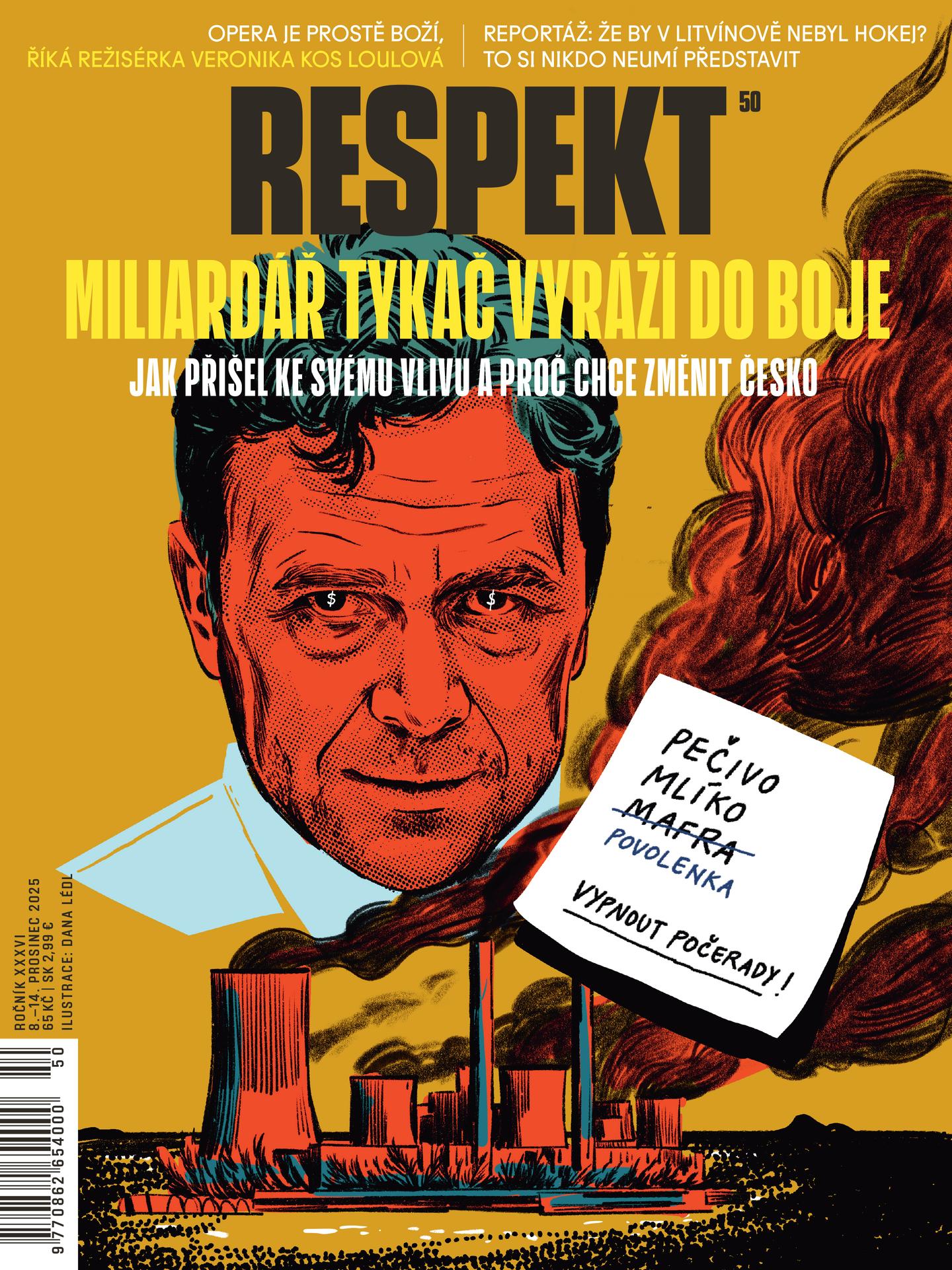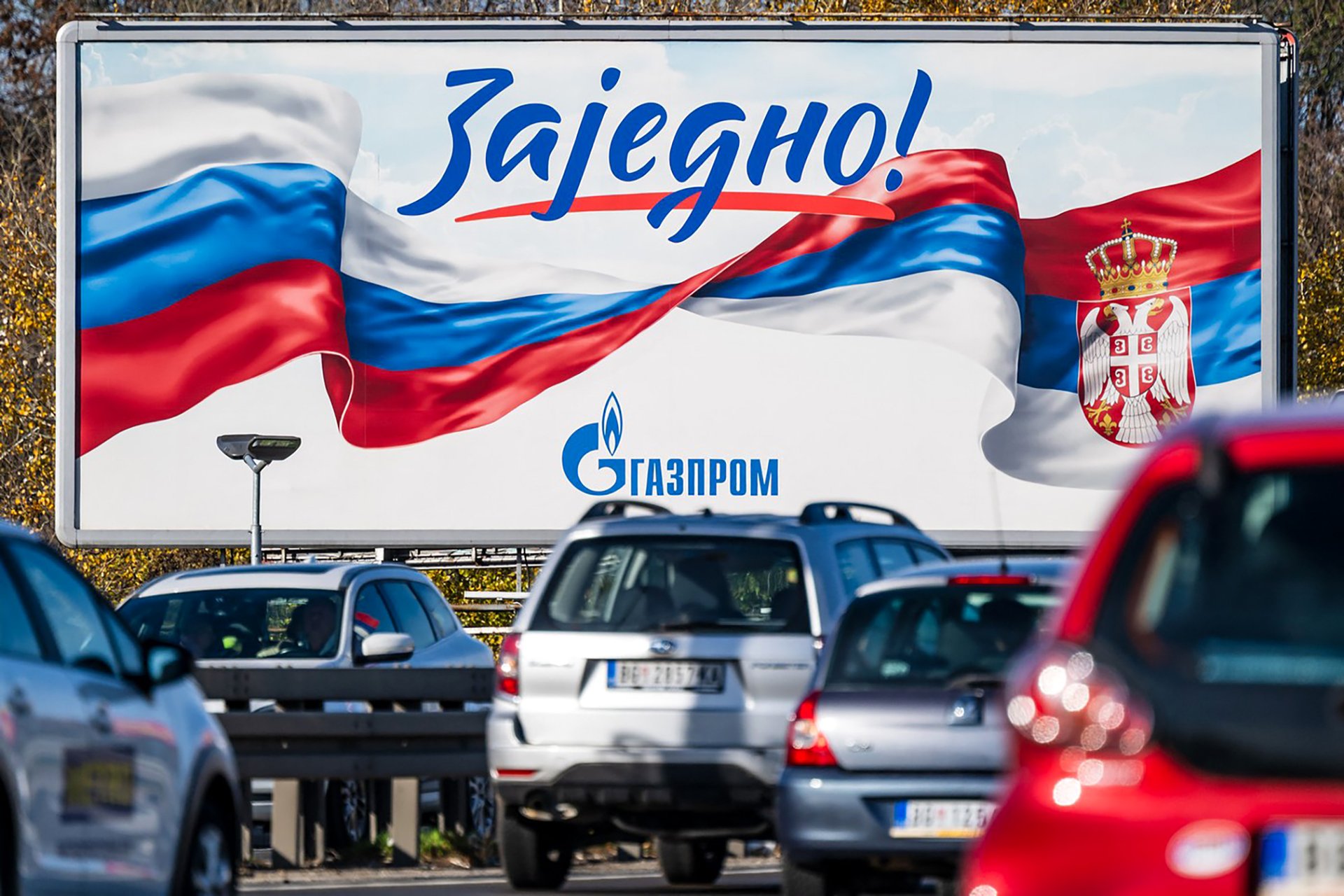Hammer and sickle
Deputy Mayor René Pelán of Brno-Královo Pole has reopened the question of whether the hammer and sickle is a symbol of liberation from Hitler or from post-war occupation of Eastern Europe by the Red Terror.

Is the hammer and sickle a symbol of liberation from Hitler or a symbol of the post-war occupation of Eastern Europe by the Red Terror? Deputy Mayor René Pelán of Brno-Královo Pole has reopened this question.
Mr. Pelán had an idea that will undoubtedly make him famous even abroad. He took a grinding machine and ground the hammer and sickle off the war victims' memorial. Diplomats, lawyers and historians are on full alert. Russia protests. Lawyers analyse paragraphs on promoting totalitarianism and historians explain where the hammer and sickle came from. The issue is not minor. Just moving a similar memorial from central Tallinn raised protest demonstrations in Moscow.
The hammer and sickle definitely is - and for people in Eastern Europe probably will remain - a symbol of one of the two worst examples of totalitarianism. Whereas other symbols – for instance, Lenin's name – disappeared from squares and street signs almost at [Czech President Václav] Havel's command, the hammer and sickle on memorials has remained. A question is being raised: Which is worse? Comrade Uljanov [Lenin], of course, did not manage to organize the Red Terror in Czechoslovakia. However, the hammer and sickle definitely was there in his time.


It remains unclear whether the new look of the memorial in Brno-Královo Pole amounts to a violation of the fallen soldiers' memorial. But why would soldiers have any inclination to relate their memorial to a symbol of Red Terror?…
Předplaťte si Respekt a nepřicházejte o cenné informace.
Online přístup ke všem článkům a archivu










